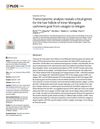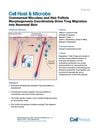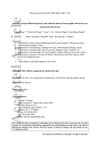signaling protein that, when suppressed, may grow hair by reducing inflammation and stem cell loss
extract, clone, and reinsert your own hair cells
growth factors taken from your blood and injected into your scalp to stimulate hair
precursor of vitamin B5 with hair stimulating effects



